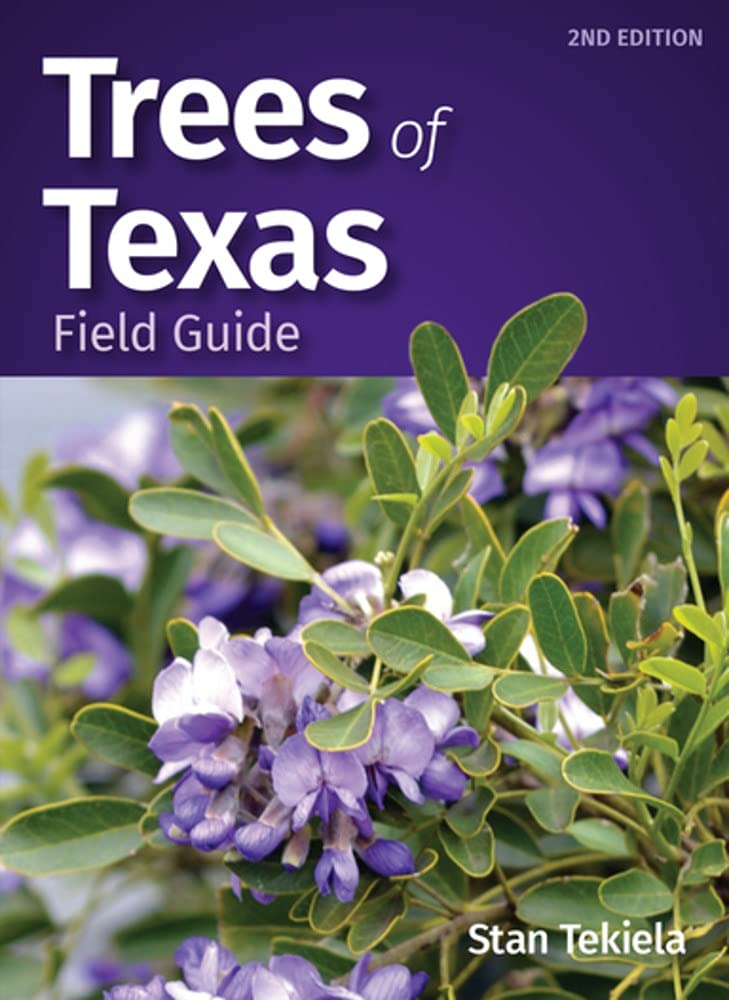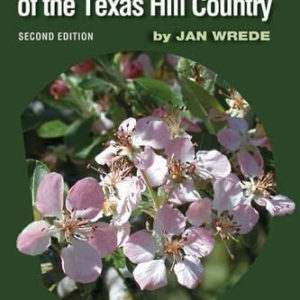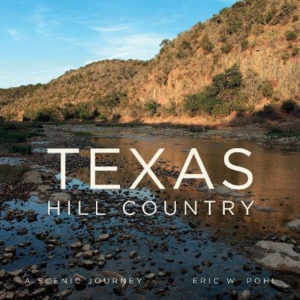Texas Mulberry
Morus microphylla
Family: Mulberry (Moraceae)
Height: 10-20′ (3-6.1 m)
Tree: small tree to large shrub with a single trunk, often dividing low, open round crown
Leaf: lobed, multi-lobed to oval, 1⁄2-2″ (1-5 cm) long, alternately attached, pointed tip and coarse teeth, exudes milky sap when torn, dull green and rough above, paler and smooth below, somewhat hairy
Bark: light gray to reddish brown and smooth, becoming furrowed with age
Flower: many tiny green flowers, each 1⁄4″ (.6 cm) wide, in clusters, 1″ (2.5 cm) long
Fruit: red berry (aggregate fruit), turning black, looking raspberry-like, made of many tiny 1-seeded fruit, sweet to sour and edible, 1⁄2″ (1 cm) wide
Fall Color: yellow
Origin/Age: native; 50-75 years
Habitat: gravelly soils at 2,200-6,500′ (670-1,980 m), along streams in protected canyons, grasslands, sun
Range: scattered in the western half of Texas
Stan’s Notes: One of two native mulberries in Texas. Different from Red Mulberry (p. 211) by its overall size. Range extends from Texas to Oklahoma, New Mexico and Arizona. Also known as Western Mulberry, Mexican Mulberry, Small-leaved Mulberry and Mountain Mulberry. Blooms in early spring (April). Male flowers on one tree, female flowers on another (dioecious). Only female flowers produce fruit, which matures during late summer. Animals and birds eat the berries, coming from miles around to feed. Wood is hard and heavy. Leaf shape varies somewhat from tree to tree.






